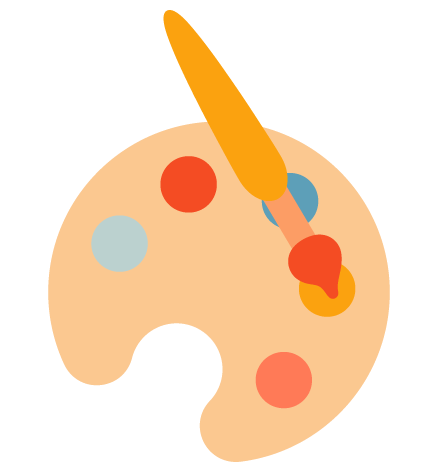Finding Your Style: The Hidden Path in Portrait Painting
When you first pick up a brush, everything is focused on how.
How to mix skin tones.
How to draw a nose.
How to get the proportions right.
But over time, a deeper question begins to rise:
Who am I as an artist?
What makes my portraits different from others?
Welcome to the search for style — one of the most exciting and mysterious parts of being a painter.
There’s No Shortcut to Style
Many beginners try to force a “signature” look early on. A certain brushstroke. A specific palette. A dramatic background. But true style doesn’t come from surface tricks — it comes from repetition, curiosity, and authenticity.
You don’t find your style by chasing it. You find it by working consistently and letting it reveal itself.
Observe the Painters You Admire — Then Let Go
Inspiration is fuel. Study other portrait artists:
- How do they handle edges?
- What colors dominate their portraits?
- What emotions do their faces carry?
Absorb it all.
Then — don’t copy. Translate. Transform. Mix their language with your own until something unique starts to take shape.
Let Your Subjects Shape You
Sometimes your own style comes from the people you choose to paint.
Do you gravitate toward:
- Elderly faces with deep lines and stories?
- Youthful innocence and fresh features?
- Bold expressions or quiet stillness?
These preferences aren’t random — they’re clues.
Your artistic voice is already speaking through your choices. Listen to it.
Limitations Are Fertile Ground
One of the strange truths of art: working with constraints often unlocks creativity.
Try painting only in black and white for a month. Or limit yourself to just two brushes. These restrictions force you to make bold decisions — and in those decisions, your true instincts emerge.
Style isn’t comfort. Style is discovery under pressure.
Be Patient — But Not Passive
Don’t wait around for your “style” to magically arrive. Stay in motion:
- Paint often
- Try different approaches
- Reflect on what feels right
Keep a visual journal. Save your favorite works. Notice patterns. Trust that you are building something, even when it doesn’t feel clear yet.
In the End, It’s You on the Canvas
Your style is more than technique. It’s the sum of what you love, fear, remember, and hope. It’s your personality in paint.
No one else can paint exactly like you — not because of skill, but because they don’t have your eyes, your history, your voice.
So embrace that. Stay true. And let the journey shape you.

